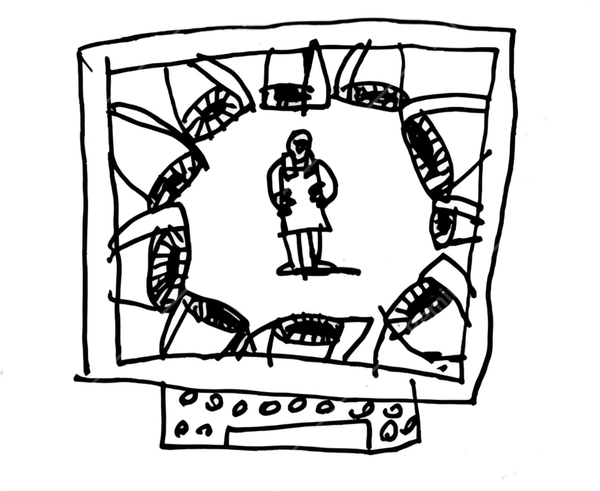Against the Machine: On the Unmaking of Humanity
By Paul Kingsnorth
Thesis, 368 pages, $32
If you’re not from New York and you walk through Greenwich Village without a map or a smartphone, there’s a decent chance you’ll get disoriented. The narrow streets of the neighborhood intersect at unexpected angles. Most have names, not numbers, and even the numbered streets are confusing: West 4th Street is crossed by West 10th and West 11th Streets. But if you wander a little ways uptown, eventually you’ll find yourself on the Grid Plan. The avenues count down from east to west. The streets count up from south to north. Every block is the same length and every corner at a right angle. It all makes rational sense. You can just trudge forward like a robot and know you’re moving in the optimal direction.
In the 1998 Bennett Miller documentary The Cruise, Speed Levitch, a brilliant and eccentric New York City tour guide, says this about the Grid Plan: “To me the Grid Plan is puritan, it’s homogenizing . . . Let’s just blow up the Grid Plan, and rewrite the streets to be much more a self-portraiture of our personal struggles, rather than some real estate broker’s wet dream from 1807.”
I don’t know if the writer Paul Kingsnorth has ever watched The Cruise, but his new book, Against the Machine, is like Levitch’s critique of contemporary civilization writ large. He even calls the uniform, systematized physical landscape we inhabit today “the Grid.” Kingsnorth’s central concept, however, is “the Machine”: the matrix of social and technological forces that have degraded humanity over the centuries into something less than we once were.
